TL17MARS
Latest
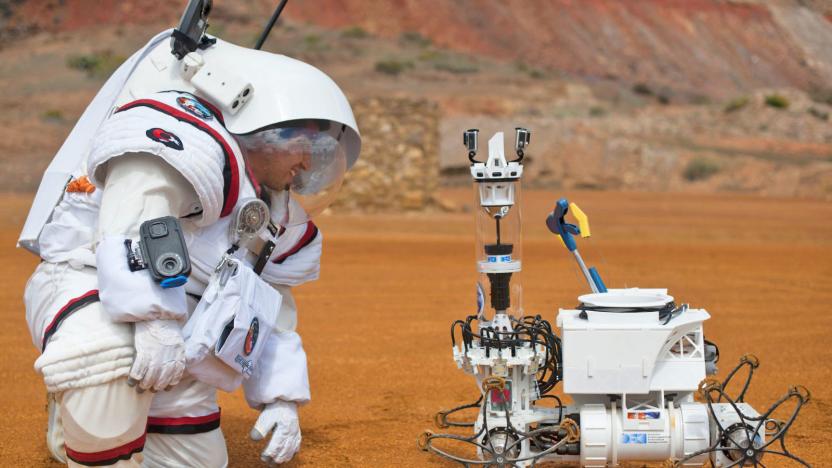
Mars astronauts at greater risk of cancer than previously thought
You might not want to book that trip to Mars just yet. Researchers have published a study estimating that the risk of cancer from cosmic rays is twice as high as previously thought. They've determined that conventional risk models are incomplete. While NASA and other groups believe that radiation-based cancer stems only from direct cell damage and mutations, the new model accounts for the possibility that heavily damaged cells will increase the cancer risk for "bystander" cells. There's a knock-on effect that would be difficult to escape.

Mars-like soil makes super strong bricks when compressed
Elon Musk's vision of Mars colonization has us living under geodesic domes made of carbon fiber and glass. But, according to a study recently published in the journal Scientific Reports, those domes may end up being made of brick, pressed from the Martian soil itself.
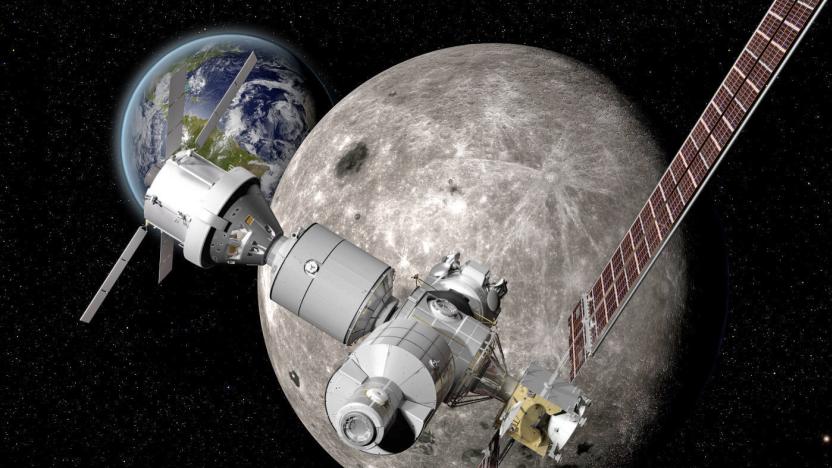
Boeing's deep space habitat could be home for Mars astronauts
NASA teamed up with six companies to develop deep space vehicles as part of its NextSTEP program last year. Boeing, one of the six, has now given us an idea of what its creations could look like. The company has revealed concept images of its deep space habitat and transport vehicle that could make it possible to send humans to Mars from a lunar base. Pictured above is the Deep Space Gateway, the habitat Boeing wants to send to cislunar space. It could house critical research for human exploration and could dock other vehicles using a system similar to the International Space Station's.

Experiment suggests potatoes really will grow on Mars
It looks like Mark Watney, the fictional, stranded astronaut in The Martian, was right about one thing. Potatoes can grow on Mars. The International Potato Center (CIP) in Lima placed a special potato inside a sealed container that simulates Mars temperature, air pressure, oxygen and carbon dioxide levels. The results so far are positive; cameras inside the canister show sprouts.
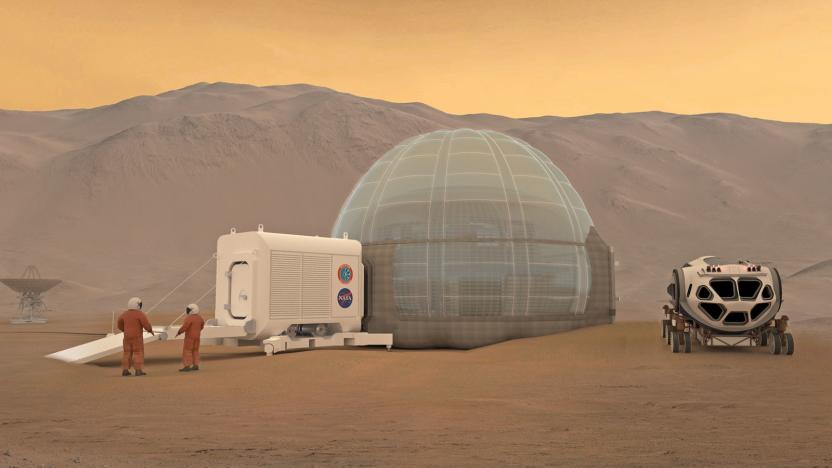
Donut-shaped ice shelters could shield astronauts on Mars
Since future astronauts might be spending months at a time on Mars, their sturdy shelters must reliably insulate inhabitants from extreme outer temperatures and the cosmic radiation filtering through the planet's thin atmosphere. Some have proposed concepts that use material found on the surface, like this conceptual concrete, to minimize what the crew brings with them. Scientists and experts at NASA's Langley Research Center have came up with a novel, efficient solution that repurposes planet resources: The Mars Ice Home.
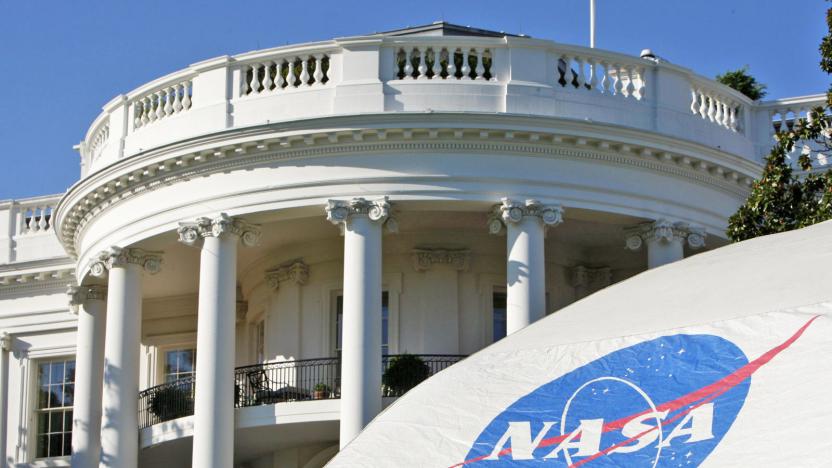
President Obama outlines vision for sending humans to Mars
This morning, CNN published a piece by President Barack Obama in which he outlines plans to get human to Mars in the 2030s. It gives a bit more detail to desires expressed by the president for years now -- he first mentioned the 2030 timeframe back in 2010. "We have set a clear goal vital to the next chapter of America's story in space: sending humans to Mars by the 2030s and returning them safely to Earth, with the ultimate ambition to one day remain there for an extended time," President Obama writes today.
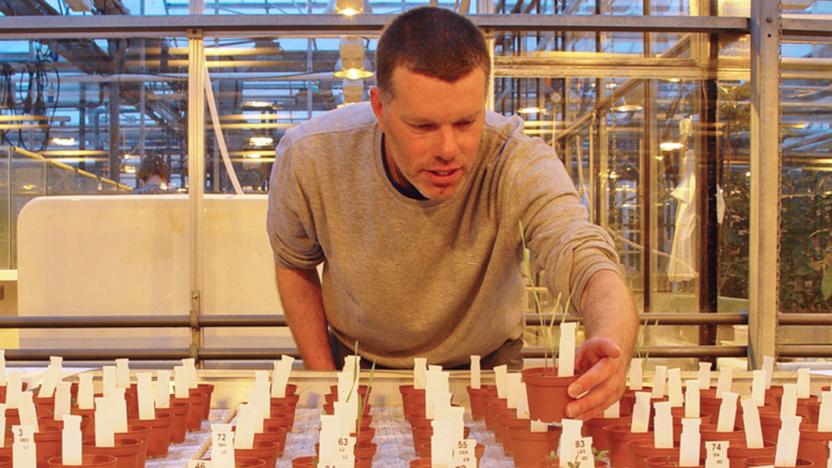
Four crops grown in simulated Martian soil are safe to eat
We're still not sure if we can Mark Watney our way through a Martian mission, because soil on the red planet contains heavy metals toxic to humans, including lead and arsenic. A team of scientists from the Wageningen University in the Netherlands, however, found out that radishes, peas, rye and tomatoes grown in Martian soil are safe to eat after years of research. The scientists have been growing different types of plants in soil that NASA developed to simulate what's found on the red planet since 2013. While they haven't exactly eaten any of them yet -- and team leader Wieger Wamelink admits radishes are still best grown on Earth -- they confirmed that these four can grow on Mars without absorbing dangerous levels of heavy metals.
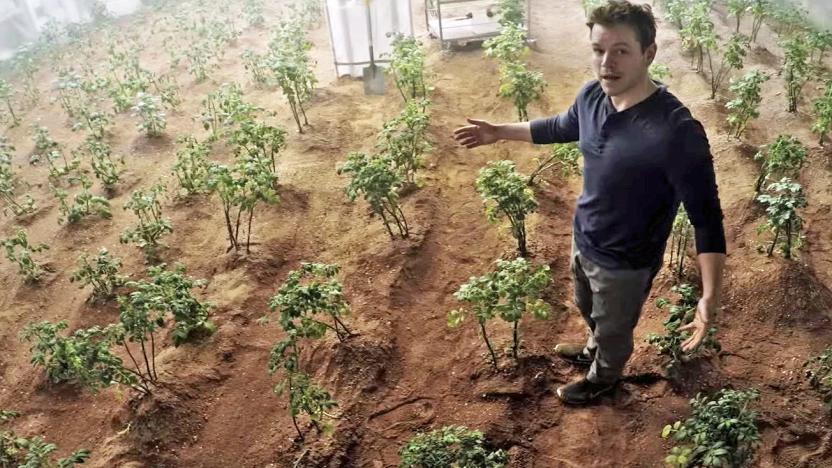
Researchers grow crops in simulated Martian and Lunar soil
Researchers from the Dutch Wageningen University and Research Center announced on Tuesday that they had successfully cultivated 10 food crops in soil that simulates what astronauts would encounter both on the Moon and on Mars. The team managed to harvest tomatoes, peas, rye, garden rocket, radish and garden cress -- a much better result than the team's initial experiments in 2015 which saw only a few individual plants even germinate.

Scientists find a way to make concrete on Mars
If humans are ever going to have a long-term presence on Mars, they'll need to make their own buildings -- they can't count on timely shipments from Earth. But how do they do that when the resources they have will share little in common with what they knew back home? Northwestern University researchers have an idea. They've developed a concrete that uses Mars' native materials. You only have to heat sulphur until it melts, mix it with an equal part of Martian soil and let it cool. The finished concrete is very strong, easy to work with and recyclable -- you just have to reheat it to get some building supplies back.

Five questions for the man who's determined to put life on Mars
Bas Lansdorp has sunk his fortune into Mars One, a nonprofit with a singular aim: to put a human expedition on Mars by 2025. Before then, the outfit intends to put an unmanned probe on the red planet by 2018, shortly followed by a rover in 2020. It's an ambitious project, and one that's unique given that it'll raise the majority of its planned $6 billion budget by selling the broadcast rights to the event and by covering the exploration rover in advertisements. In the run-up to launch, there'll also be a reality TV show that documents the selection and training of the volunteers who've signed up for this one-way mission to the stars. We're going to sit down with Lansdorp at Engadget Expand on November 8th*, and you can come see the show for free, but to get you in the mood, here's a short Q&A with the man himself. *2:30pm at the Javits Center, the big glass building just off the High Line.






